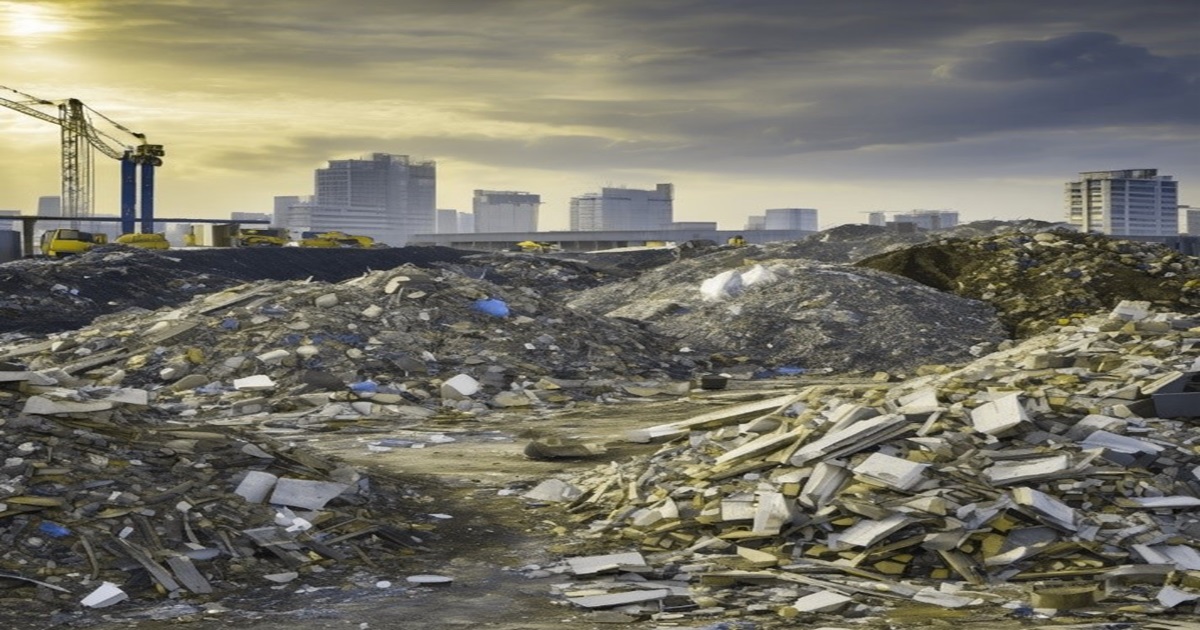- 3.2Impact Factor
- 6.4CiteScore
- 16 daysTime to First Decision
Building a Sustainable Future: Latest Research on the Recovery of Solid Waste for Construction and Building Materials
This special issue belongs to the section “Construction and Building Materials“.
Special Issue Information
Dear Colleagues,
The construction industry faces environmental challenges due to resource scarcity and the excessive generation of waste. However, utilizing waste materials in construction offers promising solutions. This Special Issue explores the innovative repurposing of waste materials and their integration into construction processes, exploring the opportunities and challenges associated with leveraging waste for sustainable practices.
The scope of this Special Issue includes, but is not limited to, the following topics:
- Material Characterization and Performance: Exploring the performance and properties of waste materials in construction, and comparing their mechanical, thermal, and durability properties to traditional materials.
- Material Composition Optimization: Using AI algorithms to enhance the composition of construction materials by incorporating waste components.
- Environmental Impact Assessment: Conducting life cycle assessments (LCAs) to evaluate the environmental impact of using waste materials in construction.
- Durability and Long-Term Performance: Assessing the long-term durability and performance of construction materials containing waste components.
- Structural Integrity and Load-Bearing Capacity: Evaluating the structural integrity and load-bearing capacity of elements incorporating waste materials.
- Case Studies and Best Practices: Highlighting successful examples of waste reuse in construction projects.
This Special Issue on waste in construction materials aims to enhance knowledge, promote innovation, and encourage sustainable practices in the industry by examining various research axes.
Prof. Dr. Ines Flores-Colen
Prof. Dr. George Wardeh
Guest Editors
Manuscript Submission Information
Manuscripts should be submitted online at www.mdpi.com by registering and logging in to this website. Once you are registered, click here to go to the submission form. Manuscripts can be submitted until the deadline. All submissions that pass pre-check are peer-reviewed. Accepted papers will be published continuously in the journal (as soon as accepted) and will be listed together on the special issue website. Research articles, review articles as well as short communications are invited. For planned papers, a title and short abstract (about 250 words) can be sent to the Editorial Office for assessment.
Submitted manuscripts should not have been published previously, nor be under consideration for publication elsewhere (except conference proceedings papers). All manuscripts are thoroughly refereed through a single-blind peer-review process. A guide for authors and other relevant information for submission of manuscripts is available on the Instructions for Authors page. Materials is an international peer-reviewed open access semimonthly journal published by MDPI.
Please visit the Instructions for Authors page before submitting a manuscript. The Article Processing Charge (APC) for publication in this open access journal is 2600 CHF (Swiss Francs). Submitted papers should be well formatted and use good English. Authors may use MDPI's English editing service prior to publication or during author revisions.
Keywords
- waste
- construction materials
- optimisation
- structural elements
- durability
- mechanical performance

Benefits of Publishing in a Special Issue
- Ease of navigation: Grouping papers by topic helps scholars navigate broad scope journals more efficiently.
- Greater discoverability: Special Issues support the reach and impact of scientific research. Articles in Special Issues are more discoverable and cited more frequently.
- Expansion of research network: Special Issues facilitate connections among authors, fostering scientific collaborations.
- External promotion: Articles in Special Issues are often promoted through the journal's social media, increasing their visibility.
- e-Book format: Special Issues with more than 10 articles can be published as dedicated e-books, ensuring wide and rapid dissemination.

